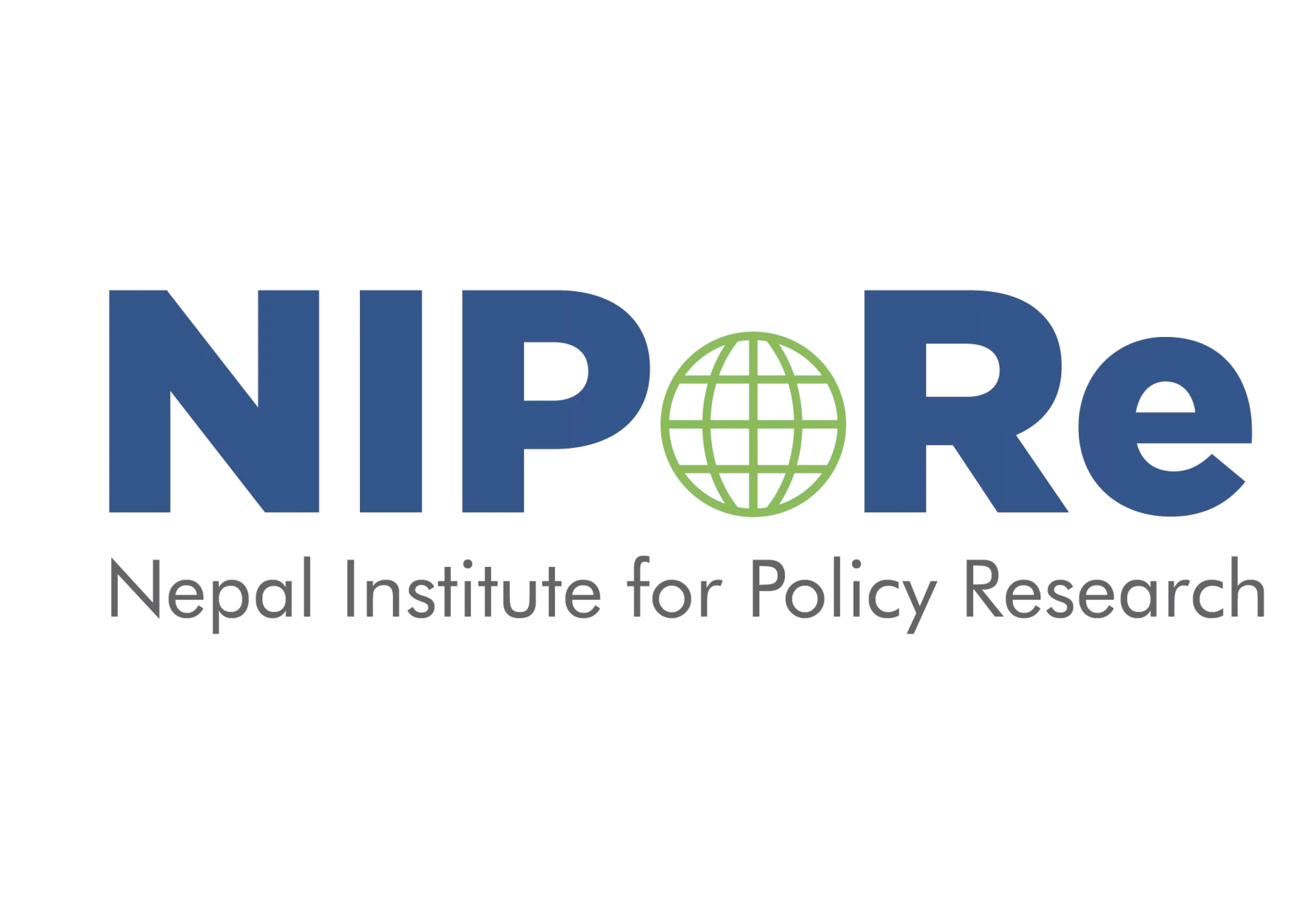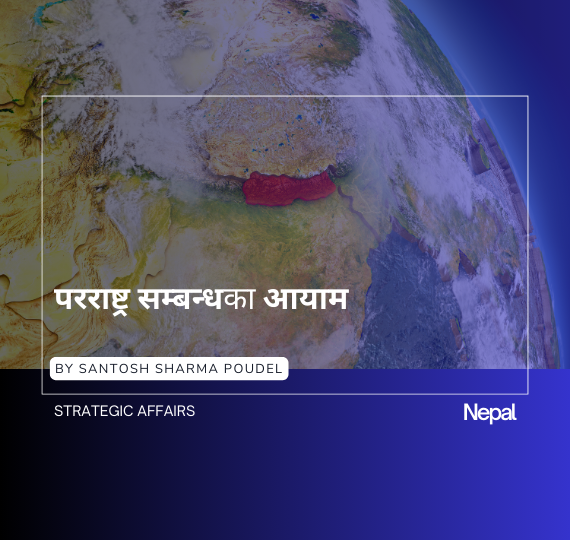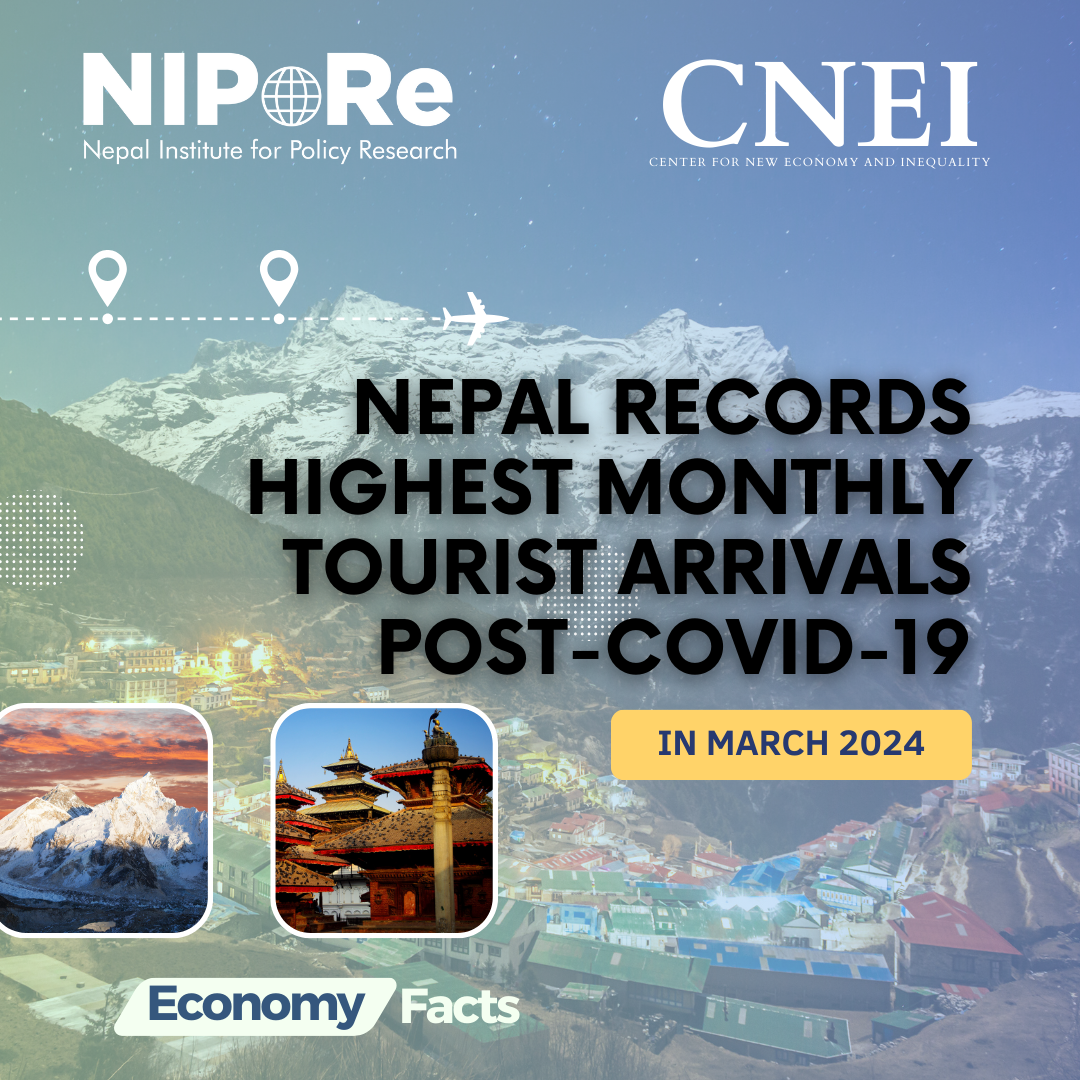Summary
Covid-19 has been one of the worst public health crises of the modern time. First reported in the Chinese city of Wuhan in end-December 2019 and declared a pandemic by WHO in mid-March 2020, it has gone on to severely affect countries around the world. Nepal is no exception. In the period we are evaluating, the pandemic not only challenged public health systems of the individual countries and that of the regional and global institutions but also stalled activities across the key sectors and industries, including those in the public service, trade, manufacturing, aviation, education, entertainment, arts and culture. Nepal reported its first confirmed case of Covid-19, which also was the first confirmed case in all of South Asia, on 23 Jan 2020. And, like most other countries in the Global South, Nepal has been severely hit by the pandemic, and, by all accounts, will be a while before the country’s various sectors start functioning at pre-pandemic levels. On Jan 27, 2021, a year after it confirmed its first Covid-19 case, Nepal started its inoculation drive after it received one million doses of Covishield vaccine from India as a grant, thanks to ‘vaccine diplomacy.’ China has similarly pledged a half million doses. Additionally, through the COVAX initiative, Nepal is set to receive another 2.25 million doses, which will cover 3.3 percent of the national population. With all this, Nepal will still be far short of the government target to vaccinate 72 percent of its population. (COVAX, co-led by WHO, aims at accelerating fair and equitable access of vaccine for every country in the world).
First in the series, this issue of Policy Brief attempts to summarize key events related to Covid-19 in Nepal but avoids any generic recommendations. However, the current document sets a strong background for the Risk Outlook researchers to work on follow-up issues where they will work on high-priority thematic areas to undertake further research works and will also provide actionable policy recommendations.




